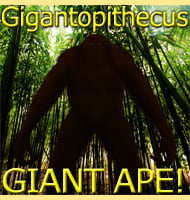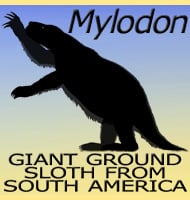Gigantopithecus
Discovery and species During 1935 the palaeontologist Gustav Heinrich Ralph von Koenigswald visited a Chinese apothecary shop in Hong Kong and discovered an unusually large molar, a tooth similar to the large flat ones that you have towards the back of your mouth. Fossils like this are often found in Traditional Chinese medicine where … Read more


